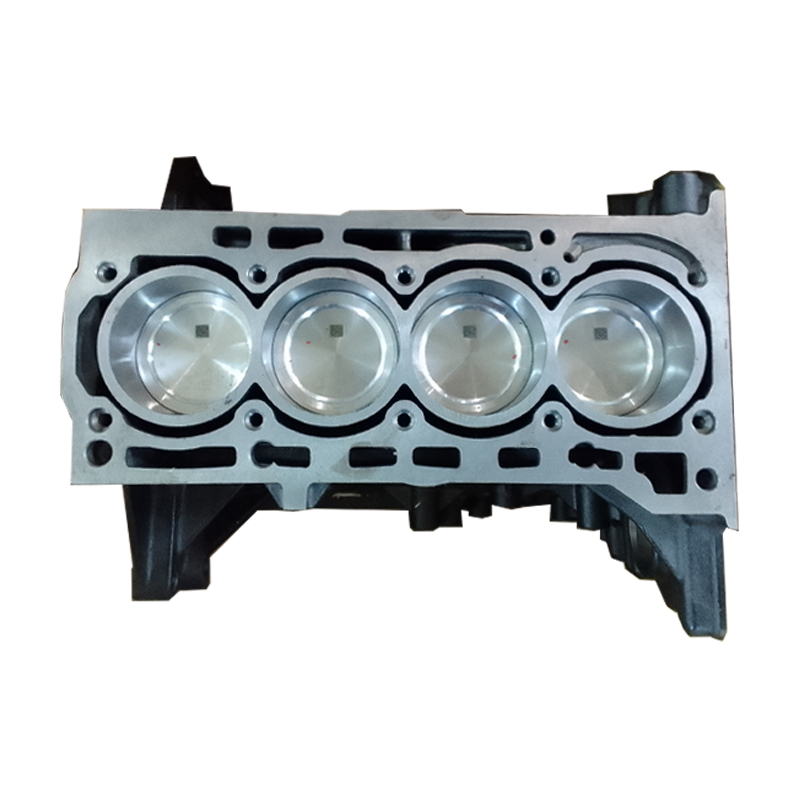Choose a durable clp engine for better efficiency.
Choose a durable clp engine for better efficiency.
Blog Article
How a Clp Engine Can Boost Performance in Different Industries
The arrival of CLP engines notes a substantial shift in operational performance across different sectors, driven by their capability to optimize fuel consumption and decrease downtime. Industries such as manufacturing and logistics stand to obtain substantially from their robust style and consistent power output, which assure to simplify operations and improve performance. As companies significantly prioritize sustainability together with efficiency, the function of CLP engines comes to be much more critical. What remains to be seen is exactly how these developments will shape the future landscape of commercial procedures and their influence on wider financial patterns (clp engine).
Review of CLP Engines
CLP engines, or Continual Fluid Propellant engines, stand for a substantial development in propulsion modern technology, particularly for space applications. These engines utilize a continual feed system that permits the sustained expulsion of propellant, leading to boosted performance and performance compared to standard strong or hybrid propulsion systems. By maintaining a continuous circulation of liquid propellant, CLP engines can accomplish a lot more specific drive control, which is vital for steering spacecraft in various goal scenarios.
The design of CLP engines integrates sophisticated materials and innovative fuel administration systems. clp engine. This leads to minimized weight and increased integrity, essential variables for long-duration area goals. In addition, the continual procedure reduces the threat of burning instability, a common challenge in traditional rocket engines.

Benefits in Manufacturing
The manufacturing of Continual Liquid Propellant (CLP) engines provides a number of noteworthy benefits that improve both performance and cost-effectiveness. One of the main benefits is the streamlined production procedure, which lowers the intricacy linked with conventional propulsion systems. By using fluid propellant, producers can accomplish higher precision in engine performance, resulting in maximized power outcome and minimized waste.
Additionally, CLP engines assist in a greater level of modularity, enabling less complicated integration into various manufacturing lines. This versatility can significantly lower lead times and improve total functional versatility. The use of CLP modern technology likewise has a tendency to lessen the requirement for comprehensive maintenance due to fewer moving parts, which translates into decreased downtime and operational expenses.

Applications in Logistics
Leveraging Constant Fluid Propellant (CLP) engines in logistics uses considerable benefits in functional effectiveness and reliability. These engines supply a robust solution for numerous transportation needs, allowing the smooth movement of goods across large distances. The inherent style of CLP engines allows for regular power output, which converts right into smoother and a lot more predictable transportation timetables.
One of the vital applications of CLP engines you can try here in logistics is in sturdy freight transport, where they can drive both ground and aerial automobiles. Their capability to keep high performance under differing load conditions makes sure that distribution timelines are fulfilled, thus enhancing consumer complete satisfaction. In addition, CLP engines can be incorporated into automated logistics systems, promoting real-time tracking and optimizing path planning.
Moreover, the sturdiness of CLP engines minimizes upkeep downtime, enabling logistics companies to optimize their functional capacities. This is particularly advantageous in warehousing operations, where effectiveness in taking care of and moving items is essential. As logistics continues to develop, the combination of CLP engines stands for a forward-thinking approach that not only improves performance yet likewise sustains the market's growing needs for integrity and rate.
Influence On Energy Performance
Exactly How do Continuous Liquid Propellant (CLP) engines enhance power effectiveness in transport? CLP engines use a constant circulation of liquid fuel, enhancing burning procedures and preserving a secure drive outcome. This layout reduces energy losses related to standard combustion engines, where fuel distribution can differ and cause inadequacies.
The continual operation of CLP engines permits a much more efficient thermal cycle, causing greater certain impulse contrasted to conventional engines. clp engine. This converts to lowered fuel consumption for the same amount of job done, considerably reducing functional prices throughout various transport sectors, including aviation and maritime industries
Moreover, the ability of CLP engines to preserve ideal efficiency under varying tons conditions decreases the requirement for regular velocity and slowdown, additionally enhancing fuel efficiency. Enhanced energy efficiency not just adds navigate to this website to set you back financial savings yet likewise brings about reduce greenhouse gas emissions, aligning with international sustainability goals.
Future Trends and Innovations
Emerging improvements in Constant Liquid Propellant (CLP) engine innovation guarantee to reinvent the landscape of transportation effectiveness and sustainability. As industries pivot towards greener alternatives, CLP engines stand at the forefront, incorporating cutting-edge materials and design methodologies that boost efficiency while minimizing environmental influence.
Among the most promising patterns is the fostering of crossbreed systems that incorporate CLP engines with renewable resource sources. This harmony can enhance gas usage and reduce exhausts, straightening with global sustainability goals. Developments in computational liquid characteristics (CFD) are facilitating the style of more aerodynamically effective engines, leading to lowered drag and enhanced fuel effectiveness.
In addition, the development of clever tracking systems is readied to enhance operational effectiveness. These systems utilize data analytics and IoT modern technology to optimize engine efficiency in real-time, ensuring that the engines operate within their most effective parameters.
As study proceeds to check out different propellant solutions-- such as biofuels and synthetic fuels-- the future of CLP engines looks appealing. By utilizing these technologies, industries can not just improve their efficiency but also contribute significantly to a cleaner, extra lasting future in transportation.
Conclusion
In verdict, CLP engines stand for a considerable advancement in performance throughout numerous markets. The combination of sophisticated products and less moving components minimizes upkeep requirements, while alignment with sustainability objectives settings CLP engines as an essential innovation for the future.
Report this page